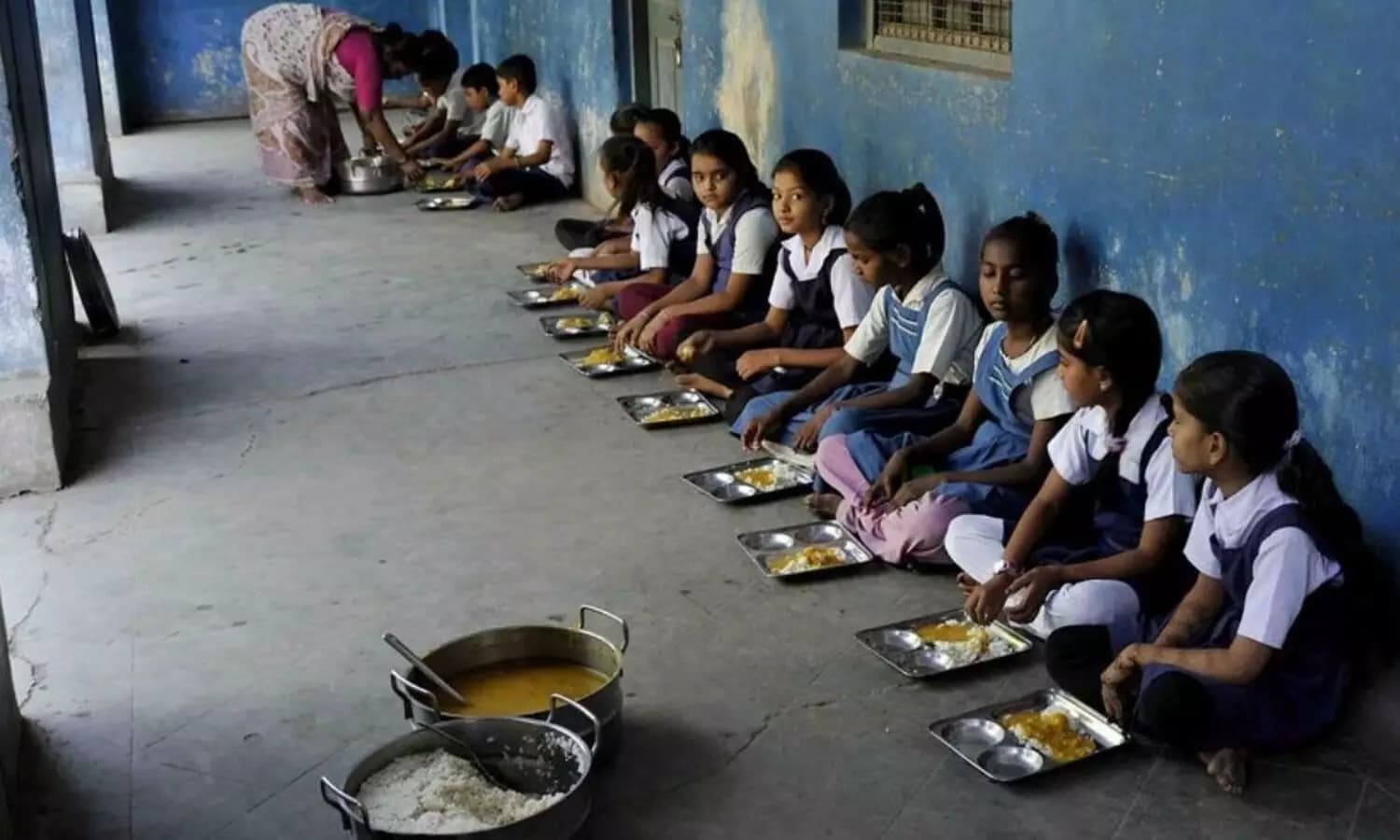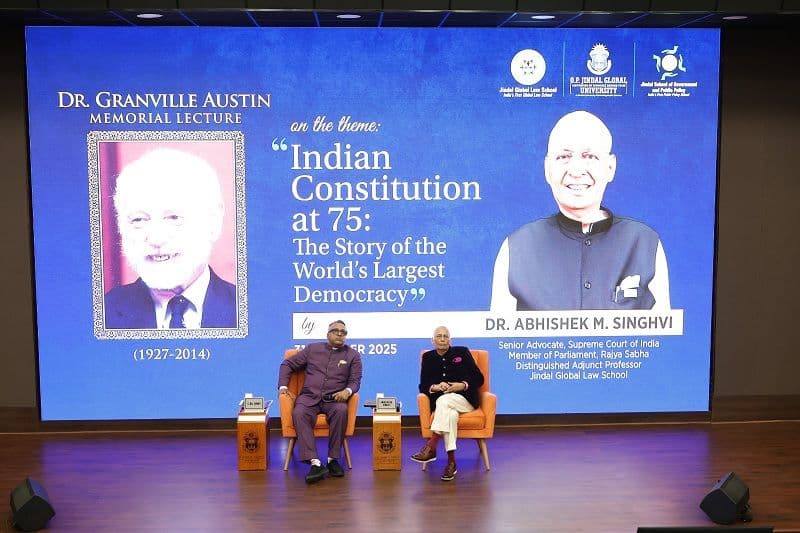This June, skywatchers across India are in for a special treat as the Strawberry Moon graces the night sky. The full moon—or “Jyeshtha Purnima” in the Hindu calendar—occurs on June 10–11, 2025. What makes this event unique is its timing during a “major lunar standstill,” a phenomenon occurring once every 18.6 years that brings the moon unusually low on the horizon.
In This Article:
This atmospheric alignment not only enhances the moon’s visual grandeur—with warm, golden, or reddish hues—but also marks the last full moon of northern spring, offering observers a chance to relish a rare astronomical spectacle.
What Is the Strawberry Moon?
The title “Strawberry Moon” has nothing to do with the moon’s color. The name originates from North American tribal traditions, where this full moon heralded the season of ripe strawberries ready for harvest. European settlers and other cultures also adopted the term, historically using unique full-moon names to mark seasonal milestones.
While the moon itself typically appears silvery or golden, it may take on a subtle amber or reddish glow when seen low in the sky, as its light passes through more of Earth’s atmosphere.
Why This Year’s Strawberry Moon Is Special
1. Major Lunar Standstill
Every 18.6 years, the moon’s orbital inclination causes it to appear at extreme low or high elevations at moonrise. In 2025, we’re experiencing a major lunar standstill, making this Strawberry Moon the lowest-hanging full moon in nearly two decades, a rarity not to reappear until around 2043.
2. Perfect Timing of the Seasons
It coincides with Jyeshtha Purnima, the full moon of the lunar month Jyeshtha, and occurs just before the summer solstice (June 21) in the Northern Hemisphere. This makes it both a cultural and seasonal landmark for observers globally.
Timing & Visibility in India
- Full phase: The moon attains its peak illumination on June 11, 2025, in the early hours—variously reported between 1:15 PM and 1:14 PM IST, corresponding to 3:44 AM ET / 1:14 PM IST.
- Best local viewing: For those in India, the optimal time is after sunset on June 10, when the moon rises low in the southeastern sky.
- Moonrise time: Around 6:44 PM local time on June 10 in many areas, including Kolkata.
Cultural and Scientific Significance
Cultural Roots
- In Native American traditions, it marked the time of strawberry harvesting.
- In the lunar calendar, Jyeshtha Purnima is significant in India for rituals and festivals.
Scientific Interest
- The lunar standstill provides a unique observational opportunity. The moon’s low path means it travels through denser layers of atmosphere, intensifying its golden or red glow.
- It offers ideal conditions for astrophotography, as the moon appears larger and more dramatic against the horizon.
Tips for Observers
- Check the weather forecast—cloud cover can spoil the view.
- Arrive early, just before moonrise, for the most dramatic sight.
- Use astronomy apps or almanacs to pinpoint exact timing and coordinates.
- Make it a shared experience—stargazing is always better when enjoyed with others around a campfire or picnic spot.
Looking Ahead: What Comes Next?
This rare Strawberry Moon sets the tone for upcoming celestial events. The next full moon—the Buck Moon—will occur on July 11, 2025, also offering scenic viewing as it coincides with the sunset.
Final Word
The 2025 Strawberry Moon is a visually mesmerizing and astronomically significant event—a low, golden glow rising against twilight, marking the end of spring and a rare lunar standstill. Whether you’re an amateur photographer, recreational stargazer, or simply someone seeking a moment of wonder, find your spot on June 10 after sunset, look southeast, and witness this enchanting full moon—Mother Nature’s strawberry-hued farewell to spring.
Enjoy the show—and clear skies!
By – Sonali




